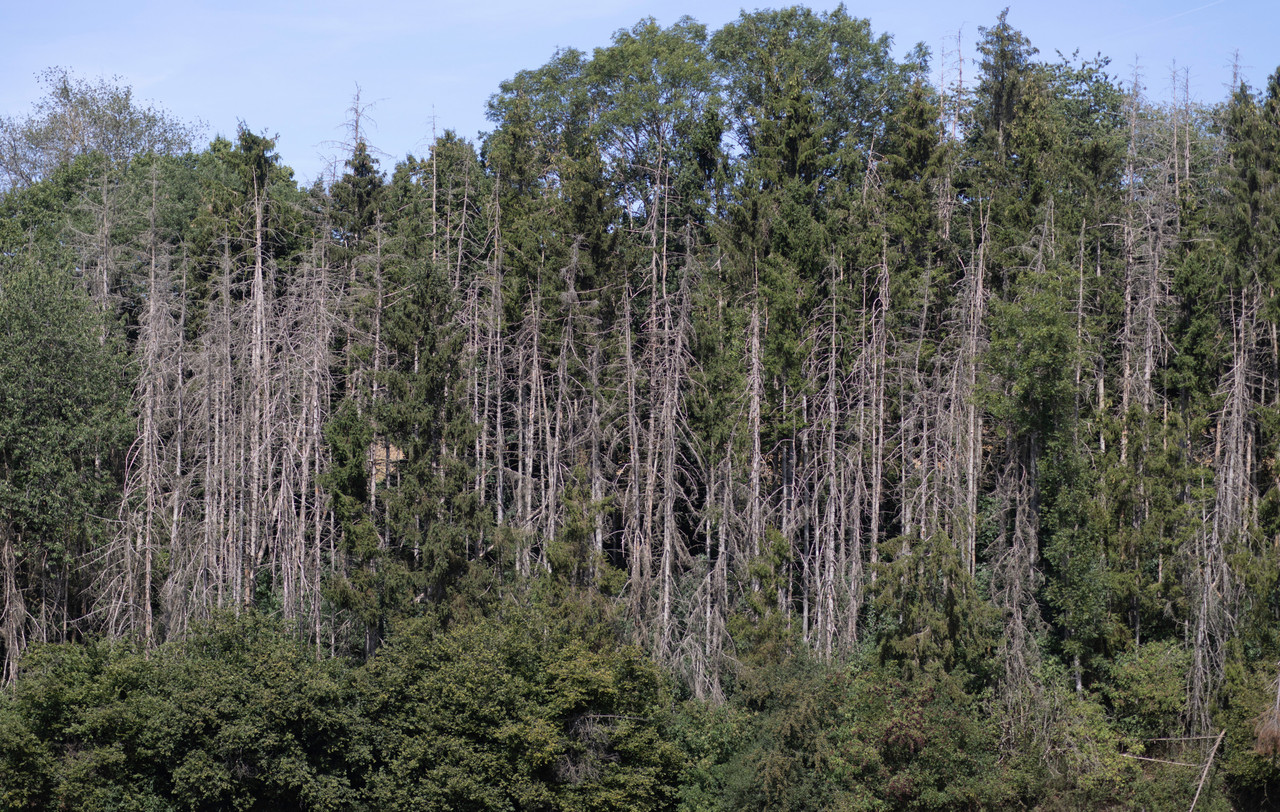A quick glance to the dried and yellowed lawns outside or the government’s call to citizens to were strong indicators of the summer weather review that was to be published would look like. Aside from being the second hottest summer in terms of temperatures since at least 1838, with an average of 19.3ºC, the months of June, July and August were also the driest recorded since 1921, a report by Luxembourg’s weather analysis service AgriMeteo confirms.
Other records include the highest number of days exceeding 25ºC and the most frequent heat spikes (when thermostats cross the 30ºC threshold).
While in June, most of the country--except Asselborn--barely saw any precipitations, and temperatures where between 0.9ºC and 1.6ºC higher than between 1991 and 2020, July was marked by heatwaves and droughts. Precipitations deficits recorded went from -67.5mm to -54.6mm.
Read also
The records for August don’t offer much reprieve, with the month being the hottest since the start of monthly average recordings in 1838, a press release by the national weather administration ASTA states.
A consequence of climate change, the weather in the grand duchy has been generally too dry in 2022. On 19 August, the environment ministry had and complementarity to improve the resilience of forests weakened by the succession of heatwaves and lack of rain.
In May, and worried about the impact of the drought on crops. Heavy washouts witnessed in spring and at the very end of August would not be enough to improve the dehydration of soils.
The droughts this summer also have direct economic consequences, for instance on the transport of cargo on waterways s
The measurements for the report were taken from 36 weather stations spread over the country, and compared to average data from 1991 to 2020.
